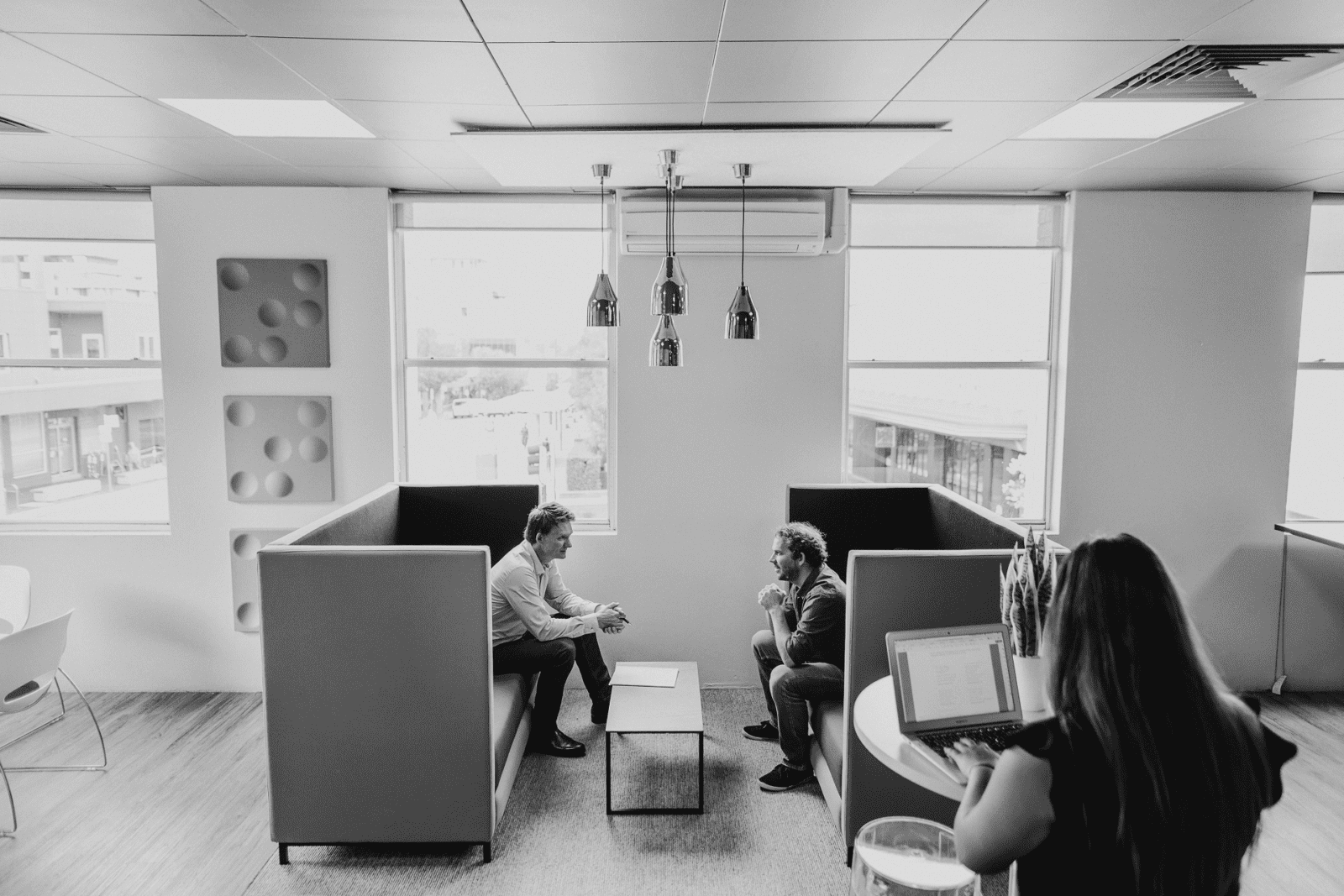For today’s brands and businesses, there are few things more important than the customer experience (CX). Success can be built or broken by customers and the way they perceive, interact with and remember your business. So what are the key things business owners and marketers need to know about this modern marketing cornerstone?
To find out, we sat down with the two customer experience superstars behind local digital marketing agency, Method+Marketing, to chat all things CX. Co-founders Angela Henderson and Katie Cowling gave us their best insights into what customer experience is, how to measure it, and what steps you can take to create a customer-centric strategy for growth and success.
What is customer experience and why is it so important?
It’s easy to conflate customer experience with customer service. However, they’re not one and the same – rather, customer service is just one part of the overall customer experience.
‘I think it’s really important to define that customer experience is a whole lot bigger than just customer service,’ explains Angela, Method+Marketing’s Director of Client Services. ‘[Customer experience] is the overall impression that your business or your brand leaves with a customer, based on how they’ve interacted with your business across all of the multiple touchpoints in that customer journey, and what they think of that experience.’
With advances in technology, increases in online reviews and a larger wealth of consumer choice than ever before, it’s never been more important to get proactive and prioritise a positive customer experience.
How can you measure customer experience?
In order to understand the positives and negatives of your current customer experience (and how to make improvements), it’s vital to be able to measure that experience. But what are the best ways to do so?
‘Asking for feedback is important,’ says Katie, Method+Marketing’s Director of Digital Services. In the online age, of course, it’s also important to stay keyed in to your online traffic, stats and performance: ‘You can look at bounce rates and where customers drop out in the buyer journey,’ Katie points out.
Secret shopping services that evaluate the customer experience can be hugely beneficial, too, giving you firsthand insight into the personal and emotional beats of the customer journey. ‘In the big picture, when customers buy, it’s hugely subconscious and driven by emotions,’ Katie explains. ‘So a lot of it is hard to measure, but actually getting real, insightful feedback, like [using] a mystery shopper or doing customer feedback surveys, is what really helps.’
As well as choosing the right measurement methods, Angela adds that it’s just as important to be consistent in your cycle of measurement, analysis and improvement. ‘It’s an ongoing process of measuring and optimising so you can continue to keep your customer journey promise,’ she explains. ‘The trick is to make it a consistent, continuous thing that’s a part of the culture of your organisation – to be consistently wanting to improve it and make it better.’
Four top tips for CX success
For anyone needing to kickstart their CX overhaul, here are some of Angela and Katie’s top tips…
1. Plan, plan, plan
The first step for any business is to create a solid plan for enhancing the customer experience – one that takes a holistic approach to improvement and growth.
‘Try to figure out what you’re going to put in place in all the different areas of your organisation – your customer service, your sales, your marketing, your product – to make sure you’re delivering that really positive experience across all of the interactions your customer has with your brand,’ advises Angela.
2. Create a customer journey map
A particularly helpful visual tool that can be used in your planning is a customer journey map.
‘A customer journey map is basically a visual representation of the process that the customer goes through to achieve a goal with your company,’ explains Katie. ‘So, for example, if they are looking to buy a product, that might be the goal; then the journey that they take up to that point – and beyond, for that matter – is something you can plot out in a customer journey map.’
Breaking down the customer journey helps to identify and clarify their needs. It also illuminates where along the way customers experience the most motivation, and where there might be some pain points that can be improved.
3. Get your employees on board
It’s vital to communicate your vision for a great customer experience to your employees, and to highlight their role in providing that experience. As well as keeping everyone on the same page, this makes for a motivated team with a unified purpose.
‘If your employees understand how important their role is, and they feel really valued by your business, they’re going to be so much more willing to help you create that experience for your customers,’ says Angela.
4. Be authentic
The M+M team’s final tip is a simple one: be authentic and human in your approach to the customer experience. Everything from back-of-house operations to marketing and sales should reflect the authenticity and integrity of your team and business.
‘You should have a really clear brand strategy that outlines what your brand personality is, and make sure that you inject that into your engagement with customers throughout that customer journey,’ Katie advises.
***
Members of Dashwork Makespace, Method+Marketing is a Newcastle-based agency focused on driving business growth and ROI through customer-centric digital marketing. Co-founded by Angela Henderson and Katie Cowling in 2016, Method+Marketing offers a range of services, strategies and workshops to help create meaningful marketing that customers love.
If you’re looking for a space to work on your new customer experience plan, why not give Dashworks a try? Book your free trial here and get your First Month Free! (Offer valid until 15 August 2019. Applies to Annual Memberships only. Use promo code 1FREE).





















